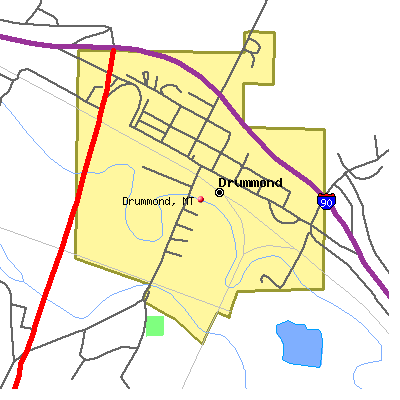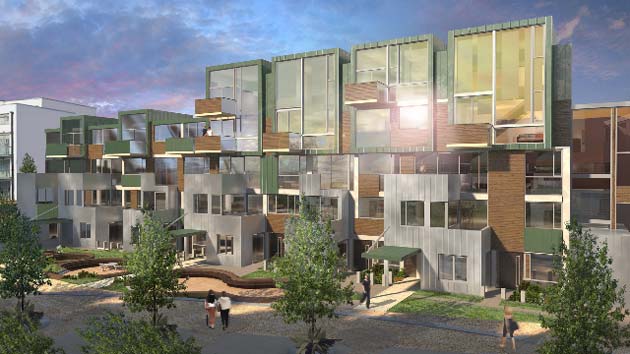As I've mentioned before, the early glimpse of life on the mainland gleaned from the pages of modern languages textbooks at school - where everyone wore their rucksacks on both shoulders, finished school at lunchtime, earnestly loved the Cure and played a hell of a lot of ping pong - still remains my go-to point of reference for thinking about our European cousins. Even then I knew something was wrong with our own semi-detached way of living, although I could never quite understand Marta, José and Javier's adoration for the Yellow Magic Orchestra.

High-rollers, diplomats and politicians here in Budapest take palatial villas with exquisitely-landscaped compounds in the hills at Normafa or Roszadomb (prime Saturday morning ogling, if you're ever in the vicinity). However, Budapestis, by-and-large, live in flats - be they in the glorious, tumble-down apartment blocks of central Pest or the slightly-less-glorious panel houses of Újpest, Újpalota or Kelenföld. And it works rather well. Although Budapest is a capital city, its thoroughly walkable (much of the metro system in the centre of the city is as surplus to requirements as the Covent Garden-Leicester Square stretch of the Piccadilly Line), has distinct, well-amenitied neighbourhoods and - most startlingly - there are actually people walking about on the street after 6pm! I'm not talking about the rather formal promenade of cities like San Sebastian or Seville, but streetlife here (in all its strange, unctuous forms - when Google Street View finally makes it here, they'll be prime ogling there too) continues long after close-of-play.
This last part has long been a problem for provincial cities in the UK (and for once, I mean that in the most London-centric way possible). We just don't seem to get the hang of getting up and having a walk around. In Norwich and Hull (the cities that, for my sins, I feel most able to comment upon), come six o' clock inhabitants would flee to their homes to get tucked up safe away from, well, all the people who live there. If you dawdle, or, say, fancy a stroll, you face a O.K. Corral of paranoia with that tough-looking chap walking in the opposite direction down the High Street. In fact, if you were feeling a bit Daddishly pithy, you might say that under these circumstances you could begin to see the point of Bill Drummond and Iain Sinclair's psychogeographic simonizing of perambulation.


It's unfortunate that talk of declining community values in Britain should traditionally have a Littlejohnish bent, as Mr Tolerance himself would be the last likely tenant in the experimental mixed housing schemes that are valiantly attempting to counter the complex of problems around society and sustainability in the UK. Elsewhere, with the growth of riverside developments - albeit with the barf-inducing rebranding of flats as European-style apartment living - we seemed to be getting the idea. However, the economic crisis has meant fewer are willing to invest in - or, indeed, afford - in a pricy single storey. What's more, whilst a sizeable proportion of British people still live in the mistakes thrown up during post-war redevelopment, there will always be a deep-rooted suspicion of high density housing. It remains to be seen whether you really can prise the Englishman from his semi-detached castle.
No comments:
Post a Comment